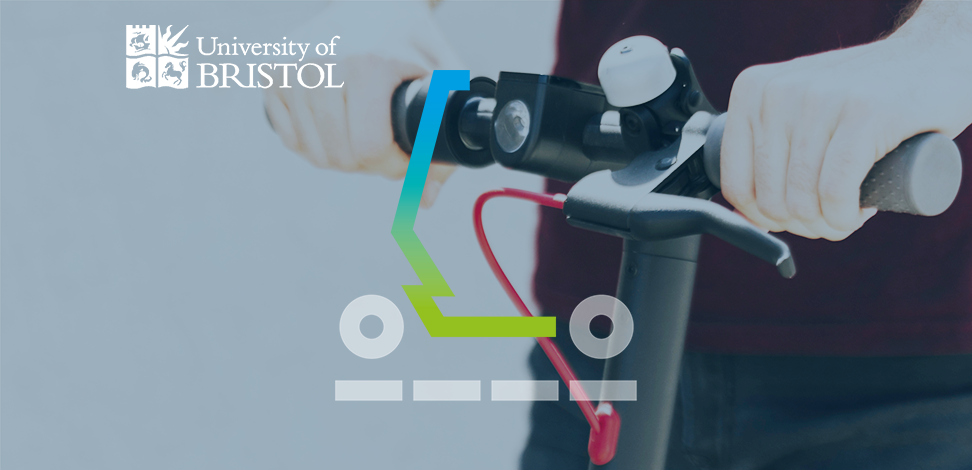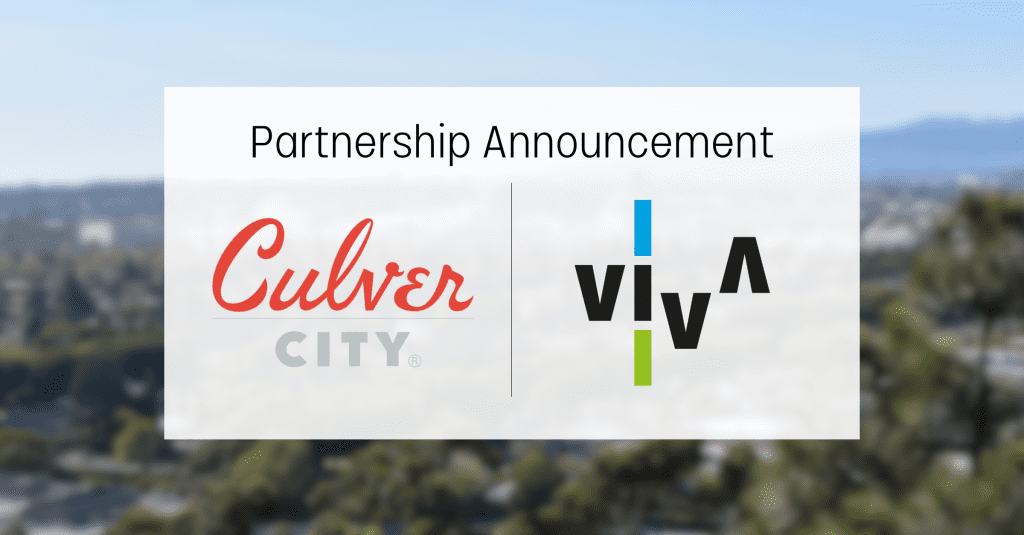Overview
Viva’s Smart Traffic Monitoring technology is designed to capture highly accurate and anonymous multimodal data to track transit movement, travel patterns and network behaviors. With traditional traffic monitoring technology unable to accurately process the variety and volume of transport using our roads today. Our powerful 24/7 technology equips transportation decision makers with the insights they need to optimize the transit network, improve urban infrastructure and enhance road safety. Data is easily accessible in real-time via the Viva dashboard and can be downloaded or used via an API integration.
Classifications and Capabilities
Viva sensors provide highly accurate multimodal data across a number of classifications including; car, bicyclist, pedestrian, e-scooter, motorbike plus more. The sensors also include a number of features to monitor behavior for each classification including, classified counts, speed, dwell times, tracks, zone occupancy and turning counts.
Only with this insight – underpinned by empirical evidence – will transportation authorities be able to design and implement the strategic policy and infrastructure changes necessary.
What can Smart Traffic Monitoring technology be used for?
Counts – Capture counts across the road space from intersections, junctions and roundabouts in addition to non-motorized routes such as pathways and trails.
Active Transportation – Analyze active transportation and modal shift, quantify the number of pedestrians, cyclists, e-scooters and motorized vehicles by time of day and day of the week and establish the ratio of active transportation to motorized users.
Footfall Analysis – Pedestrian movement data is severely under-represented, often expensive and not scalable. Viva sensors are able to gather highly accurate, anonymized data on pedestrian movement.
Congestion – Gather accurate road-use data to understand the factors of congestion, inform the implementation of congestion reduction interventions, and measure their impact.
Vehicle paths – Understand vehicle paths across the road space gain insights into how different vehicles interact and to assess junction turning counts.
Regeneration – Gather accurate data on how pedestrians and cyclists use road space, and implement and assess public space and active transportation programs as part of urban regeneration and open spaces plans.




